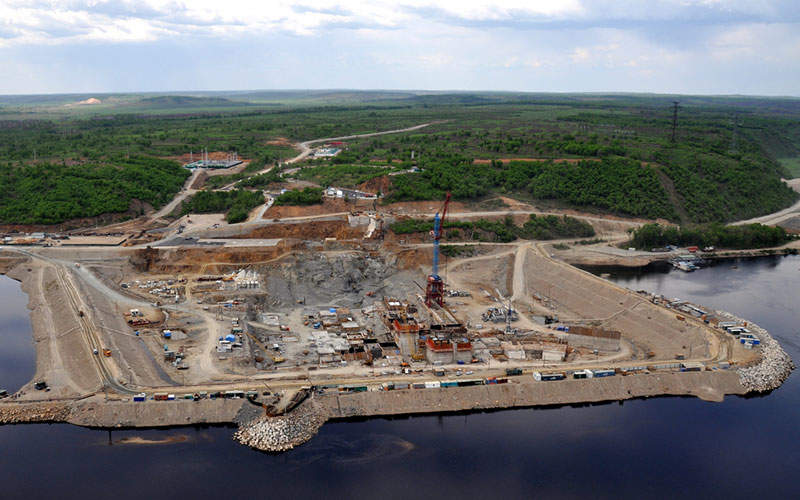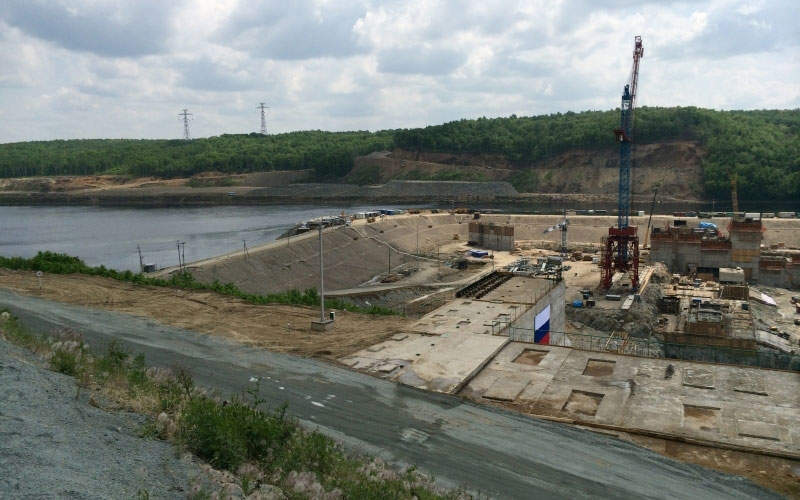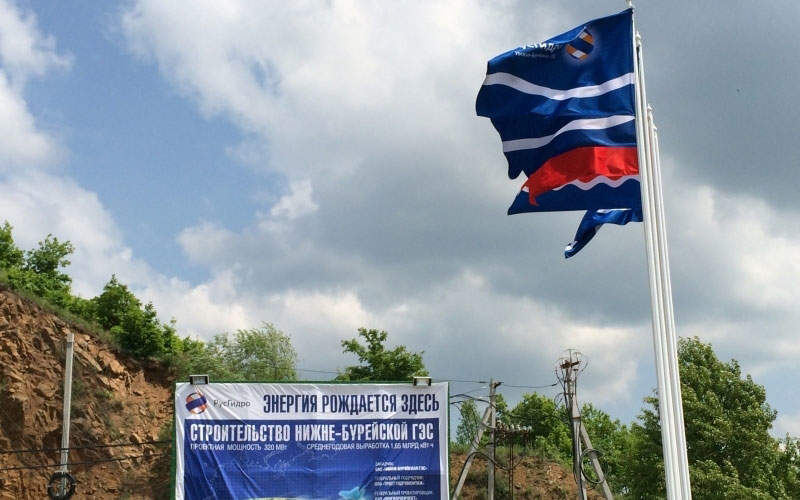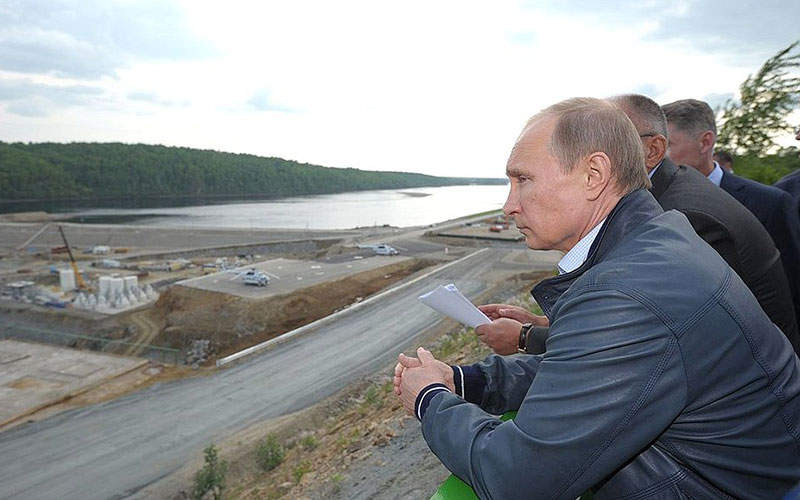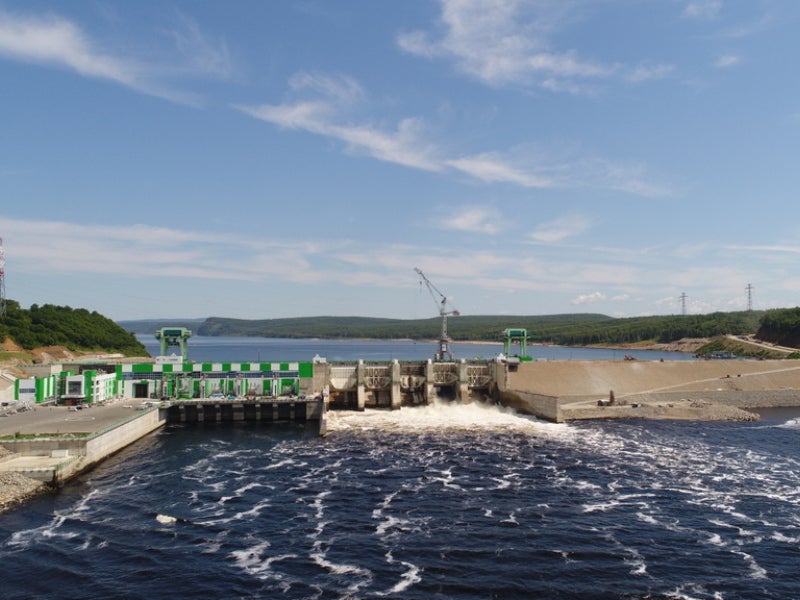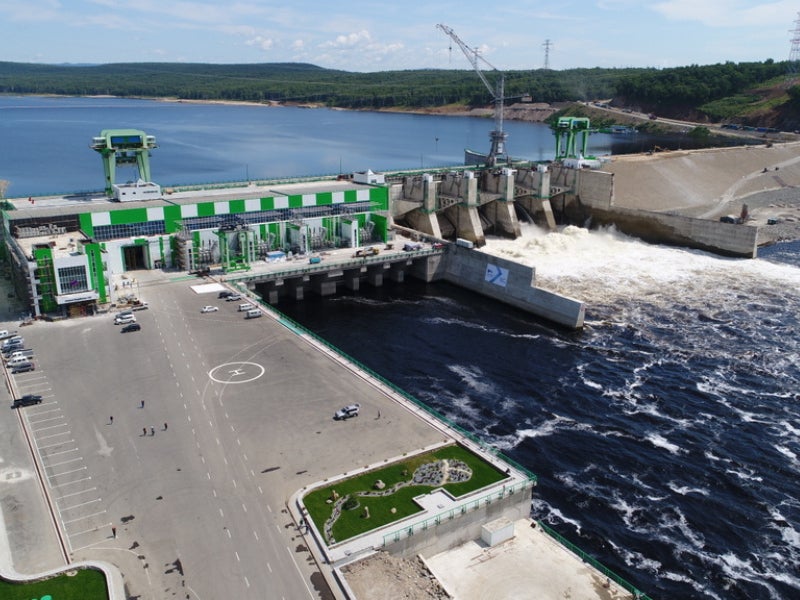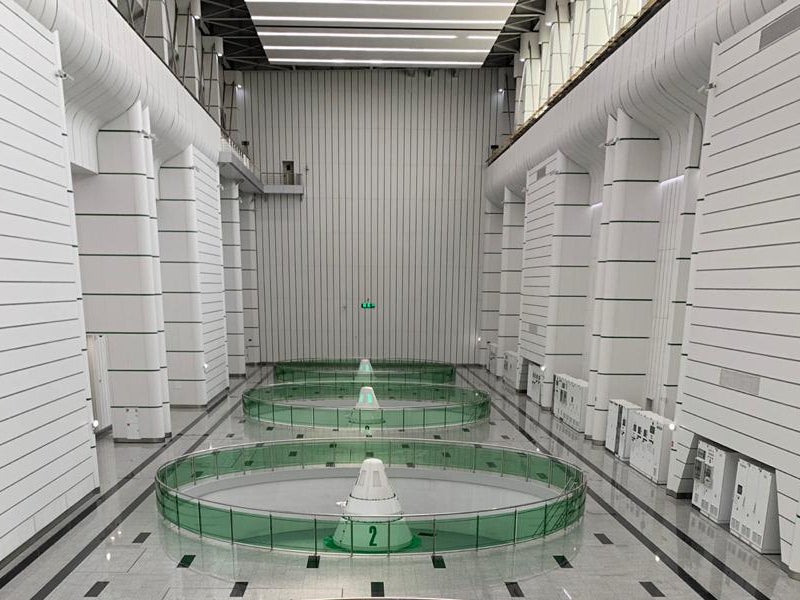Understand the impact of the Ukraine conflict from a cross-sector perspective with the Global Data Executive Briefing: Ukraine Conflict
The 320MW Nizhne-Bureyskaya hydropower plant (HPP) was constructed on the Bureya River in Novobureyskiy, Bureyskiy District, Amur Oblast, Russia. It was developed by Nizhne-Bureyskaya HPP, a wholly-owned subsidiary of RusHydro, who signed an agreement to form a joint venture with China Three Gorges (CTG) for the operation of the new HPP.
The Russian hydropower project was built with an estimated investment of RUR31.31bn ($408m approximately).
The first three units of the project, with 80MW of capacity each, were inaugurated in 2017. The project was completed and brought online in the second half of 2019. It now has an annual power generating capacity of 1.67 terawatt hour (TWh).
The project created up to 2,000 temporary jobs during the peak construction period.
Nizhne-Bureyskaya HPP project background
The project forms part of the larger Unified Bureya Energy Complex in the Amur Region. It complements the existing Bureyskaya HPP, which is located approximately 90km upstream and was commissioned in 2009.
Besides its primary purpose of generating power, the new plant was developed to regulate uneven water discharges from the Bureyskaya HPP and to mitigate flooding of adjacent towns and local communities.
Nizhne-Bureyskaya HPP construction
The hydropower project primarily involved the construction of a 47m-high dam, integrating floodgates and spillways, turbine building, and switchyard.
Each of the four hydro units are equipped with a Kaplan turbine, incorporating an automated control system as well as a hydro generator with excitation system. The impeller cavity of each hydro turbine, where the blade turning mechanism is located, is not filled with oil, preventing the possibility of oil leaking into the water.
The turbines are designed to operate under low pressure, increasing the reservoir’s counter flood storage volume to 303 million m³. The plant design includes slurry wall technology to provide waterproofing and counter-seepage.
The construction of the hydropower plant was launched in 2010, and the official pouring ceremony for the first cubic metre of concrete was held in August 2010. The construction of the wall of the pit in the bed of the Bureya River was started the following year.
The construction pit was dried up and concrete laying began in 2013. A flood in the Amur basin, in the same year, necessitated the developer to change the design of the plant to include counter-flooding capacity to the reservoir.
The next major milestone in the project construction was the installation of hydropower units, which took place in 2015. Damming of the river took place in the subsequent year, and in March 2017, reservoir filling began.
Power purchase agreements for the Russian HPP
Initial power sales and supply agreements were signed with a number of parties in August 2010. The parties included AK Transneft, for the external supply of power to its East Siberia Pacific Ocean 2 (ESPO-2) pipeline; Mechel, to power its Elginskoye coal deposit; and Amursnab, Petropavlovsk and the Federal Space Agency (Roskosmos), for powering the Vostochniy Space Center.
RusHydro and Sibur, a Russian petrochemicals company, signed a power purchase agreement in September 2021, for the supply of electricity generated from the HPP to the Amur Gas Chemical Complex, an under-construction facility.
Contractors involved with the Amur Oblast HPP
The hydropower units as well as ancillary facilities were supplied by Power Machines, a manufacturer and supplier of power plant equipment. Quality control services during the construction phase of the project were rendered by Sweco Soyuz Engineering, an engineering consultancy company.
RusHydro selected JSC Trest Gidromontazh, an engineering and construction firm, as the general contractor for the project.
Electrical equipment supplier VNIIR Hydroelectric Automation was contracted to supply 220kV gas-insulated switchgear (GIS) and SF6 GIS for the project.
The facilities for the transmission of power from the HPP to the ESPO-2 pipeline were constructed by state-owned energy company FGC UES.
SSE Engineering JSC, an engineering consulting services provider, provided instrumental and laboratory test services for the project. Turnkey electrical engineering company ICCE supplied hydraulic slide gates.

